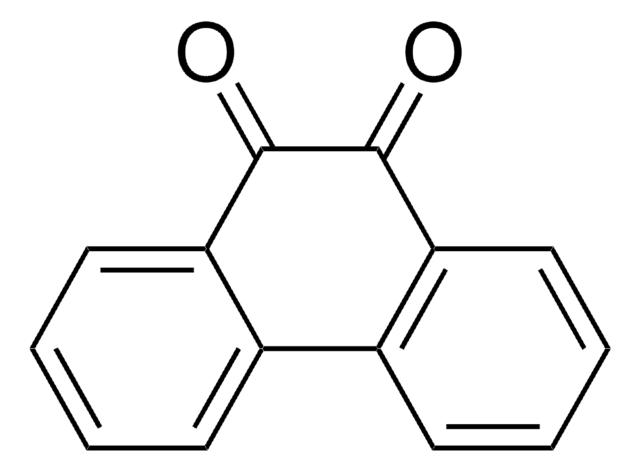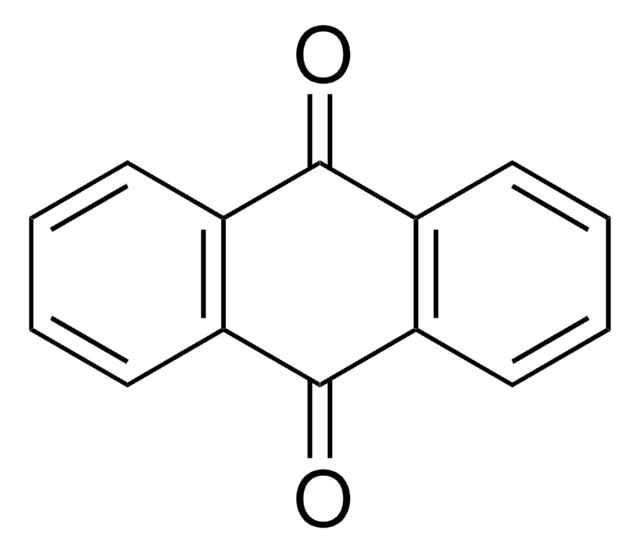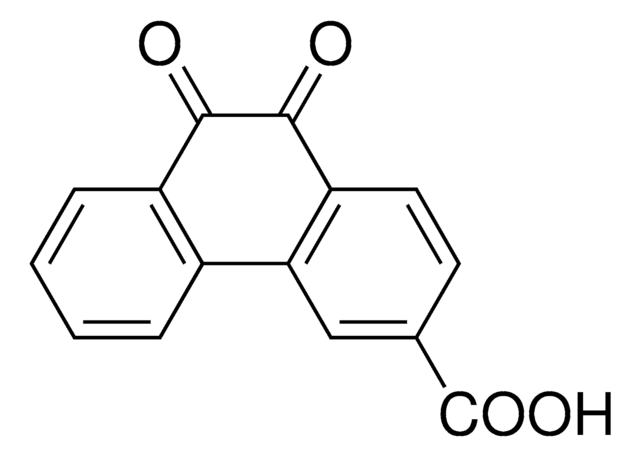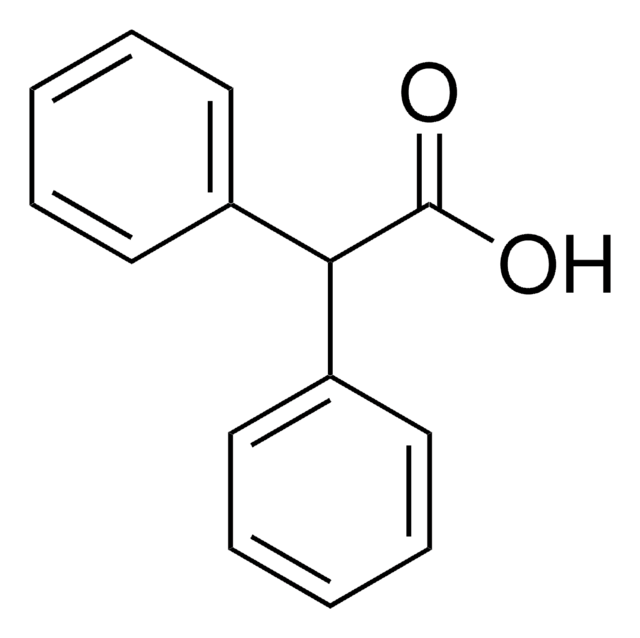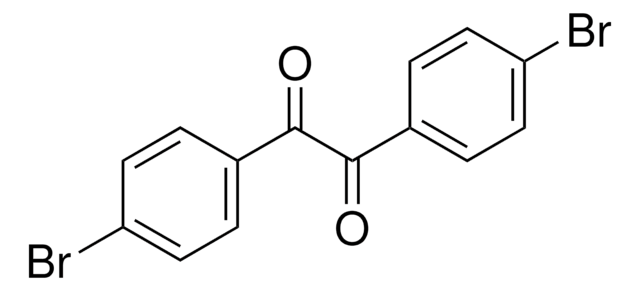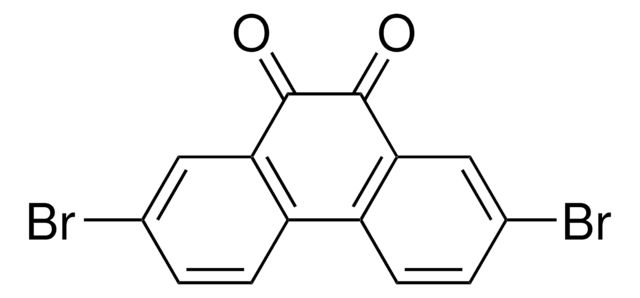SML1633
7-Aminoactinomycin D
≥97% (HPLC), liquid (solution in DMSO:H2O (1:1)), fluorescent indicator
Synonyme(s) :
7-Aminoactinomycin D Ready Made Solution, 7-Aminodactinomycin Ready Made Solution
About This Item
Produits recommandés
Product Name
7-AAD Ready Made Solution, 1 mg/mL
Forme
liquid (solution in DMSO:H2O (1:1))
Niveau de qualité
Conditions de stockage
protect from light
Concentration
1 mg/mL
Température de stockage
−20°C
Chaîne SMILES
N21C(CCC2)C(=O)N(CC(=O)N(C(C(=O)OC(C(C(=O)NC(C1=O)C(C)C)NC(=O)c3c4c(c(c(c3)N)C)OC5=C(C(=O)C(=C(C5=N4)C(=O)NC6C(OC(=O)C(N(C(=O)CN(C(=O)C7N(CCC7)C(=O)C(NC6=O)C(C)C)C)C)C(C)C)C)N)C)C)C(C)C)C)C
InChI
1S/C62H87N13O16/c1-26(2)42-59(85)74-21-17-19-36(74)57(83)70(13)24-38(76)72(15)48(28(5)6)61(87)89-32(11)44(55(81)66-42)68-53(79)34-23-35(63)30(9)51-46(34)65-47-40(41(64)50(78)31(10)52(47)91-51)54(80)69-45-33(12)90-62(88)49(29(7)8)73(16)39(77)25-71(14)58(84)37-20-18-22-75(37)60(86)43(27(3)4)67-56(45)82/h23,26-29,32-33,36-37,42-45,48-49H,17-22,24-25,63-64H2,1-16H3,(H,66,81)(H,67,82)(H,68,79)(H,69,80)
Clé InChI
YXHLJMWYDTXDHS-UHFFFAOYSA-N
1 of 4
Cet article | 156507 | 8.07564 | 8.20529 |
|---|---|---|---|
| assay 95% | assay ≥99% | assay ≥99.0% (HPLC) | assay ≥98.0% (HPLC) |
| form powder | form - | form powder | form powder |
| mp 209-212 °C (lit.) | mp 209-212 °C (lit.) | mp 203-206 °C | mp 247-252 °C |
| Quality Level 100 | Quality Level 100 | Quality Level 200 | Quality Level 200 |
| Gene Information human ... PTPN1(5770), PTPRC(5788) | Gene Information human ... PTPN1(5770), PTPRC(5788) | Gene Information - | Gene Information - |
Description générale
Excitation: 503 nm (0.01 M phosphate buffer, pH 7.0 containing 0.1 mM EDTA); 550 nm
Emission: 675 nm (0.01 M phosphate buffer, pH 7.0 containing 0.1 mM EDTA); 672 nm
DNA Complex:
Excitation: 543 nm; 555 nm
Emission: 655 nm; 665 nm
Application
Actions biochimiques/physiologiques
Reconstitution
Code de la classe de stockage
10 - Combustible liquids
Classe de danger pour l'eau (WGK)
WGK 1
Point d'éclair (°F)
Not applicable
Point d'éclair (°C)
Not applicable
Faites votre choix parmi les versions les plus récentes :
Déjà en possession de ce produit ?
Retrouvez la documentation relative aux produits que vous avez récemment achetés dans la Bibliothèque de documents.
Les clients ont également consulté
Notre équipe de scientifiques dispose d'une expérience dans tous les secteurs de la recherche, notamment en sciences de la vie, science des matériaux, synthèse chimique, chromatographie, analyse et dans de nombreux autres domaines..
Contacter notre Service technique
